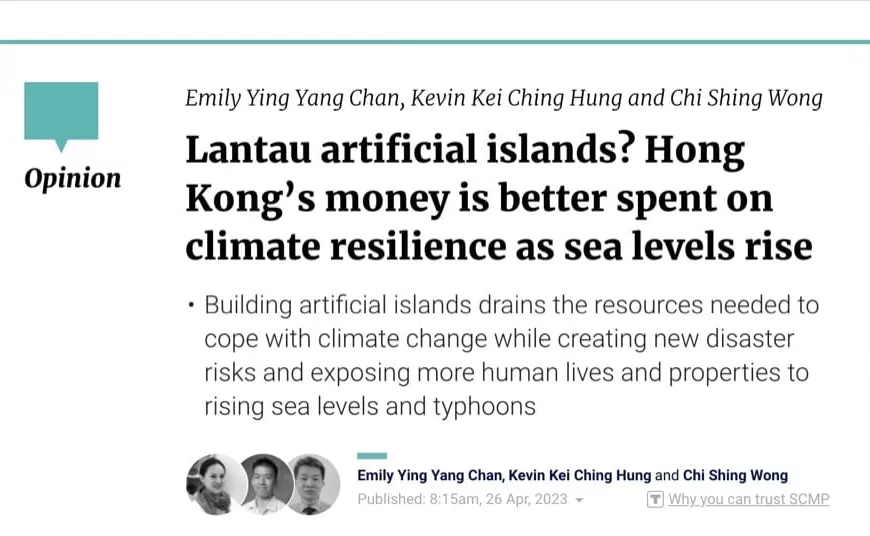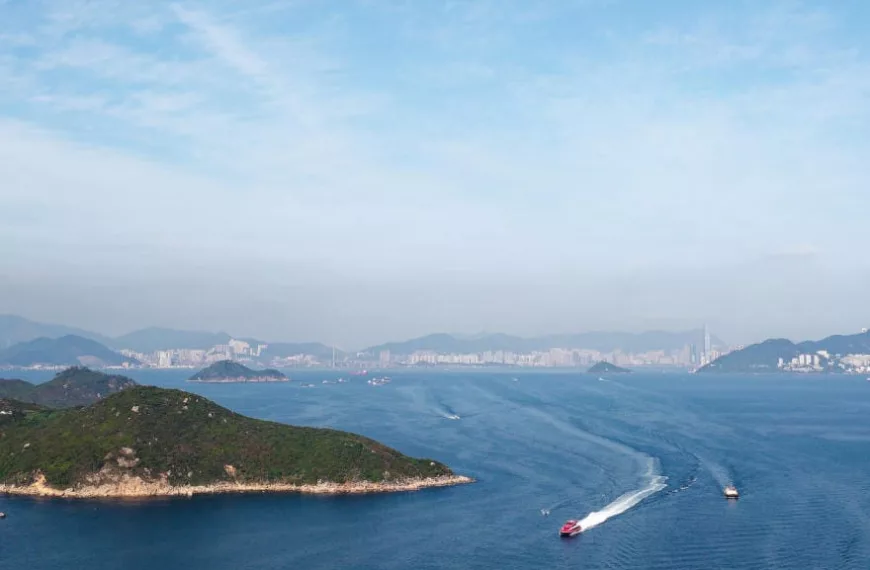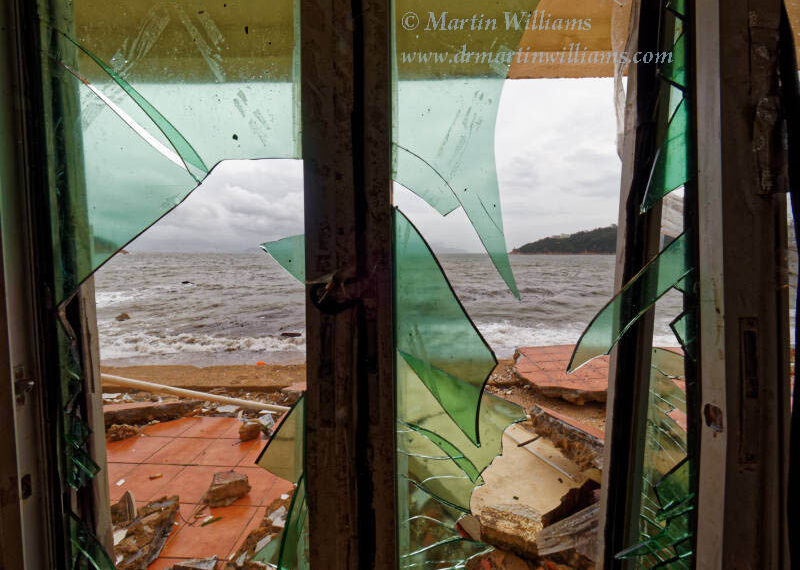A consideration of science suggests the reclamation plans, including for East Lantau Metropolis are foolhardy, even irresponsible.
Foolhardy Planners Fly in the Face of Science
In its 2015 annual report, the Hong Kong Planning Department noted that, due to climate change, Hong Kong is forecast to experience a significant increase in the frequency and intensity of extreme weather events such as tidal surges and typhoons, and “Sea levels will continue to rise for decades
So, what kind of projects is Hong Kong planning in the face of such threats?
Reclamations! And not just the Third Runway, in an area somewhat sheltered by Lantau; but including artificial islands for an incinerator by Shek Kwu Chau and the grandly titled East Lantau Metropolis – both of which will be exposed to the brunt of typhoon waves and storm surges.
Perhaps this doesn’t seem so bad, given Hong Kong has lately received little more than glancing blows from typhoons, and the term “storm surges” seems almost innocuous.
Yet storm surges can be akin to tsunamis that are accompanied by monstrous waves driven by hurricane force winds. In November 2013, the world was shocked by images of the damage Super Typhoon Haiyan wrought in the southern Philippines, mostly caused by the sea surging to six metres above normal. Houses were smashed to smithereens, at least 6300 people were killed.
Based on historical records, the dubious honour as the part of East Asia worst hit by storm surges goes to the Pearl River Delta, including Hong Kong. Reports date back to AD1245, when a typhoon surge killed perhaps 10,000 people around the delta; the highest death toll on record is 80,000, in 1862. In Hong Kong, typhoons with strong storm surges probably killed over 10,000 people in 1906 and 1937. According to an account of the 1937 storm, “At Tai Po Market most of the houses, over 60 of them, were swept down by a flood which rolled on … over half a mile inland, carrying battered human beings, cattle, pigs, dogs, ducks, chickens, and debris with it.”
The last destructive storm surge was driven by Typhoon Wanda in 1962. The Tai Po area was again hard hit, but even in Victoria Harbour huge waves pounded across sea walls, and hurled half-ton chunks of masonry that smashed shop fronts on Gloucester Road.
In 2008, after Typhoon Hagupit caused a surge in southwest Hong Kong, despite being 200km away, I saw damage on Lantau and Cheung Chau – including a beach store’s metal security shutter bashed inwards and benches snapped off steel supports. And I realised that along Hong Kong’s south facing coasts, long established settlements are away from shorelines, probably to avoid storm surges.
Yet now, planners aim to create new islands for a huge incinerator and a metropolis complete with Central Business District, in places exposed to surges and storm waves. And these plans have been made even as storms are evidently worsening, sea levels are rising.
A study released last spring forecast a 14 percent increase in Pacific typhoon intensity by 2100. While making accurate forecasts is problematic, last year did see a record number of category 4 and 5 strength storms in the Northern Hemisphere, most of which were typhoons. Some of these intensified faster than anticipated – which would also be an issue for an artificial island that’s home to perhaps half a million people and chiefly relies on a few bridges for transport links: how to implement evacuations, or ensure emergency services?
Sea level rise seems rather pedestrian at present: in Hong Kong averaging 3 cm per decade from 1954 to 2014. But there’s been a recent uptick, and an acceleration is forecast, with studies mostly agreeing on a rise of around a metre by 2000, though values are up to six metres – not impossible given geological evidence shows the sea has at times risen several metres per century. Not surprisingly, Hong Kong is predicted to be hard hit; maps from US-based Climate Central show several local reclamations could be underwater within decades.
This tallies with a report from the Hong Kong Observatory, which predicted an increase in frequency and scale of flooding caused by storm surges, and noted, “A repeat of Typhoon Wanda would be unimaginable, because a raised mean sea level increases the chance and severity of coastal sea flooding.”
So, a consideration of science suggests the reclamation plans are foolhardy, even irresponsible. But they are grounded not in reality, but in politics, and might be eagerly accepted by engineers who, with rosy-tinted glasses donned to dream of dollars, consider only best case scenarios. Hopefully, common sense may yet prevail.







Claim that design will take storm surges into account
this prompted a letter to SCMP from Civil Engineering and Development Department, including:
NY Times on climate change flooding in Pearl River Delta
Covers delta outside Hong Kong, but relevant: